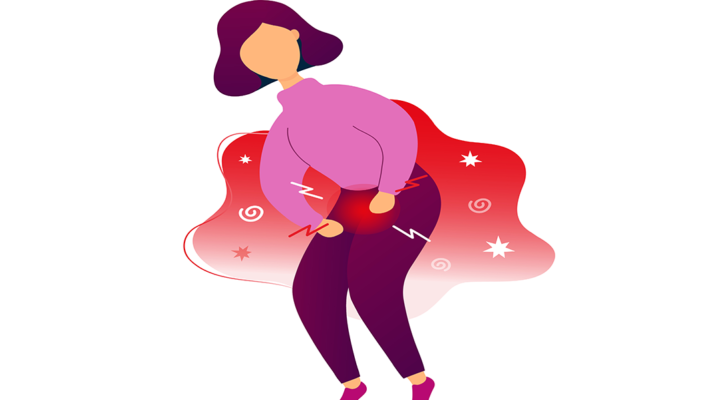By Deborah Jeanne Sergeant
Three out of four women will experience a yeast infection at some point in her life, according to date from the Mayo Clinic. During summertime, yeast infections are more common since yeast favors warm, moist environments which are typical during hotter months.
Usually indicated by burning, itching and discharge, yeast infections (candidiasis) may go away on their own if mild. However, moderate to severe infections will require over-the-counter medication or prescription medication.
According to the website of Chouchani, Sayegh & Bagnarello, MD LLP in Williamsville, “Women who suffer from diabetes or HIV infection may also be at an increased risk of developing yeast infections. Other causes of yeast infections may include poor eating habits, including an over-consumption of sugary foods, stress or lack of sleep.”
Environmental factors also matter. To prevent yeast infections, keep the vaginal area dry. Change out of wet swimsuits and workout clothing promptly.
“Wear underwear that ‘breathes,’ like cotton fabrics,” said Anne Marie Davis, an OB-GYN with Neighborhood Health Center in Buffalo.
Synthetic fabrics can cause more sweat and trap moisture against the skin.
Chemicals can also irritate the vagina. Davis advises avoiding any soap or laundry detergent that has a color or scent.
Some women experience yeast infections after their period from using tampons or pads. Some have yeast infections after using some types of personal lubricants. Switching brands may help or trying menstrual cups instead of pads or tampons.
Davis added that wearing tight pants or thong style underpants have not been associated with yeast increasing risk of yeast infections.
“Overall, it’s about maintaining good health,” Davis. “Eat well and exercise. For those with diabetes, getting their sugars under control helps.”
Some of her patients say that eating foods rich in probiotics such as yogurt helps them maintain healthy balance in their system and reduce the number of yeast infections they have. The vagina naturally has beneficial bacteria, lactobacillus, that keeps yeast in the vagina within healthful limits. Taking an antibiotic for an illness can wipe out these “good bacteria” and trigger a yeast infection and increasing intake of probiotics may help.
It may seem like douching or using yoni pearls will clear out an infection. However, these can make infections worse or increase the risk of vaginal problems for those who do not have a yeast infection.
“Douching is always discouraged,” Davis added. “The vagina is a self-cleaning unit. If you leave it alone, that will help. There’s no need to douche—ever. Use normal soap and water on the outside; it’s all you need.”
She recommends over-the-counter Monistat for treating mild to moderate yeast infections. Women should carefully follow package directions and precautions.
“The other thing to help with vaginitis if they’re irritated is taking a bath with some baking soda to calm down generalized infections,” Davis said.
Women should see a healthcare provider if they are unsure if they have a yeast infection, it is not getting any better after trying an over-the-counter medication, or if other symptoms develop. Women with severe symptoms, multiple yeast infections a year, pregnancy, uncontrolled diabetes or compromised immune system should see their healthcare provider right away.

